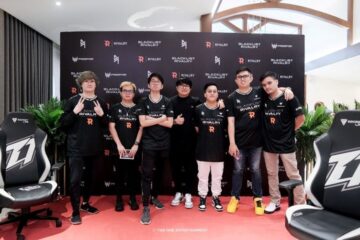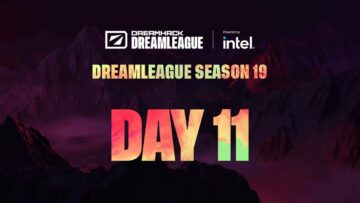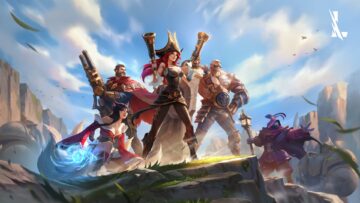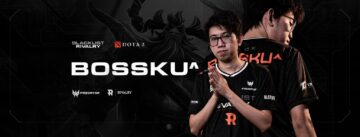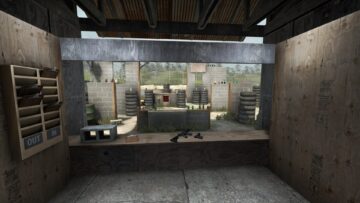Incompetence and mediocrity are two of the traits that immediately come to my mind when thinking back to the whole Flashpoint project. Has it ever really had a chance? We will never really know what kind of negotiations went on behind the scenes, but ultimately, the improved terms of the Louvre agreement may turn out to be their main legacy.
A primer on Flashpoint’s failures
It’s tough to overstate just how much of a trainwreck Flashpoint turned out to be. Sixteen million dollars down the drain in total, six out of the eight partner orgs no longer involved with CS:GO whatsoever (and that isn’t even counting Cloud9’s long absence), and what did we get from it? Three tournaments, one mediocre, one a near-catastrophe, one a bland damp squib featuring teams they would never have got their hands on, courtesy of the RMR system.
Almost nothing came to be from their innovative broadcast ideas. There is little of the planned straight fire™ content available online – except for the plethora of Thorin’s anti-ESL tweets – and the things that did survive couldn’t even reach the levels of a BTS skit. Hey, at least there is an NFT of their Anonymo fuckup! Wonder how much that’s worth now amid the crypto crash. (Unsurprisingly, flashpointnft.gg is no longer online.) Hilariously, Anonymo listed their own copy for sale on June 14 for a hundred bucks. No buyers have emerged so far and there is no sale listed whatsoever in the global history of the NFT on rally.io.
The proceeds of the sales, all meant for the Polish org, were not disclosed otherwise, but we can make an educated guess: with 22 editions listed in total on rally.io and the $100 base price of Flashpoint NFTs (based on what I could dig up with the Wayback Machine), we’re looking at circa $2200 in total. Pretty safe to say that hasn’t made up for any potential loss of sticker money.
Though there’s no denying that the pandemic has completely crushed the plans for Flashpoint (that fancy new studio, completely unused, in-person interactions on the broadcast all but gone, events rescheduled and cancelled, a sharp if temporary economic downturn), their contemporaries have all done a better job in keeping the show going with CS:GO matches played out in an online environment. Ultimately, it turned out to be a worse product than ECS, the competition Flashpoint was meant to replace – and the record wouldn’t be complete without highlighting the scummy moves they pulled, ActiBlizzard-style, to try and keep their numbers up.
Then again, perhaps Flashpoint never had a chance to begin with.
US concepts, EU esports?
Is the Americanization of CS:GO esports even feasible? Is there really a market for the franchising, the #personality-driven #bullshit #content and the aggressive sponsortunities? Let’s take them one at a time.
There’s no denying that the finances of the space needs to be sorted out, but the competitive scene’s traditionally European audience doesn’t necessarily look kindly on the uncompetitive nature of such competitions. Ultimately, we’re still slowly losing the open third-party circuit that made CS:GO esports so special, and if it that is the case, we are clearly in better hands than we would have been with the Flashpoint people. Jacob Wolf’s report on the project’s demise goes into great detail regarding the executive-level incompetence behind the scenes: based on his insights, it seems like this bunch of people would have failed even if they had managed to negotiate the arrival of the top teams they’ve teased initially.
Many of Flashpoint’s big content ideas died in the crib when they failed to negotiate for the big teams and the big players. With zero clout to their name, the players’ utterances were simply meaningless and uninteresting. Then again, are esports players banterrific and interesting enough to create this kind of tabloid content on the fly, even with the supposed media training they received as part of the project?
Is this what we’re going for as a community? The rapid growth of platforms like Dexerto suggest that the answer is yes. Then again, most of the traditional tabloid bullshit is aimed at adults, making this all a weird and queasy combination. Also, there’s still some sort of an accomplishment behind most of the esports influencer that fill the pages with REACTIONS and LASHING OUTs and UNLOADSes: pimpled tier 2 CS players can’t get the job done. If that was the case, HenryG’s Cloud9 would have been a massive success and smooya would be one of the most sought-after players in the scene.
Incompetence and mediocrity Again, to quote Jacob Wolf’s report, “in the short term, costs have been offset by unregulated sponsorship categories—be it gambling, cryptocurrency, alcohol or others that carry restrictions in other titles.” So, to translate the corporate hype bullshit about it all being a fancy adult-oriented banterrific broadcast, they went for the low-hanging fruit that many other companies in the space say no to by default, basically because they had to. Good riddance.
So, farewell to Flashpoint, the pinnacle of incompetence. The best we can hope for at this stage is benevolent overlords as CS:GO esports becomes a franchised plaything of faraway powers – preferably of the competent type.
